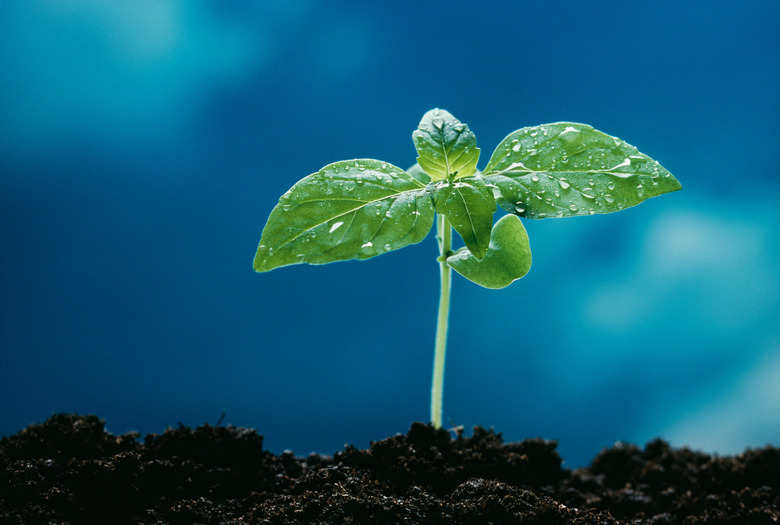Describe What A Photosystem Does For Photosynthesis
Photosystems utilize light to energize an electron, which is then used in an electron transport chain to create high-energy molecules for use in the dark reactions of photosynthesis. Such reactions are known as photophosphorylation and constitute the light reaction stage of photosynthesis.
Photosystem Structure
Photosystem Structure
Photosystems are complex arrangements of chlorophyll a with other pigments, including chlorophyll b, xanthophylls and carotenoids, which capture light energy to energize an electron removed from a water molecule. In plants, photosystems are located in the thykaloid membrane within the chloroplast. Two types of photosystems have been identified as photosystem I and photosystem II.
Photosystem I
Photosystem I
P680 is the form of chlorophyll a used in photosystem I, and the electron is transported from the pigments to a ferredoxin protein. Plants have photosystem I in addition to photosystem II.
Photosystem II
Photosystem II
P700 is the form of chlorophyll a used in photosystem II and the electron is transported to a plastoquinone molecule. Many photosynthetic bacteria have only photosystem II. Cyanobacteria are a notable exception having both types of photosystems.
Cyclic Photophosphorylation
Cyclic Photophosphorylation
In cyclic photophosphorylation, the energized electron released by the photosystem and used in the electron transport chain is returned to photosystem I. This process produces ATP.
Noncyclic Photophosphorylation
Noncyclic Photophosphorylation
In noncyclic photophosphorylation, the electron passes from photosystem II through a series of reactions to photosystem I, which re-energizes the electron using light for another series of reactions. The electron is not returned to the photosystems, and NADPH is created.
Cite This Article
MLA
Chandler, David. "Describe What A Photosystem Does For Photosynthesis" sciencing.com, https://www.sciencing.com/describe-photosystem-photosynthesis-5776346/. 24 April 2017.
APA
Chandler, David. (2017, April 24). Describe What A Photosystem Does For Photosynthesis. sciencing.com. Retrieved from https://www.sciencing.com/describe-photosystem-photosynthesis-5776346/
Chicago
Chandler, David. Describe What A Photosystem Does For Photosynthesis last modified March 24, 2022. https://www.sciencing.com/describe-photosystem-photosynthesis-5776346/
